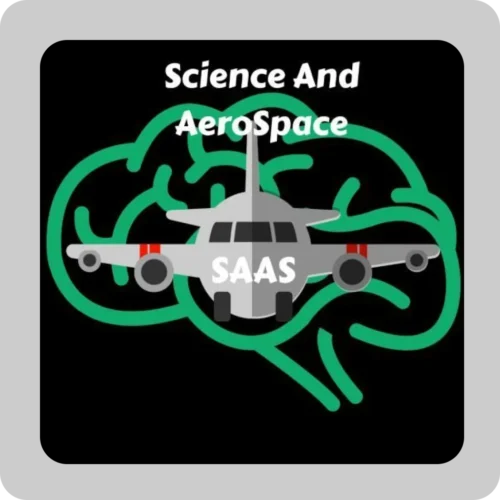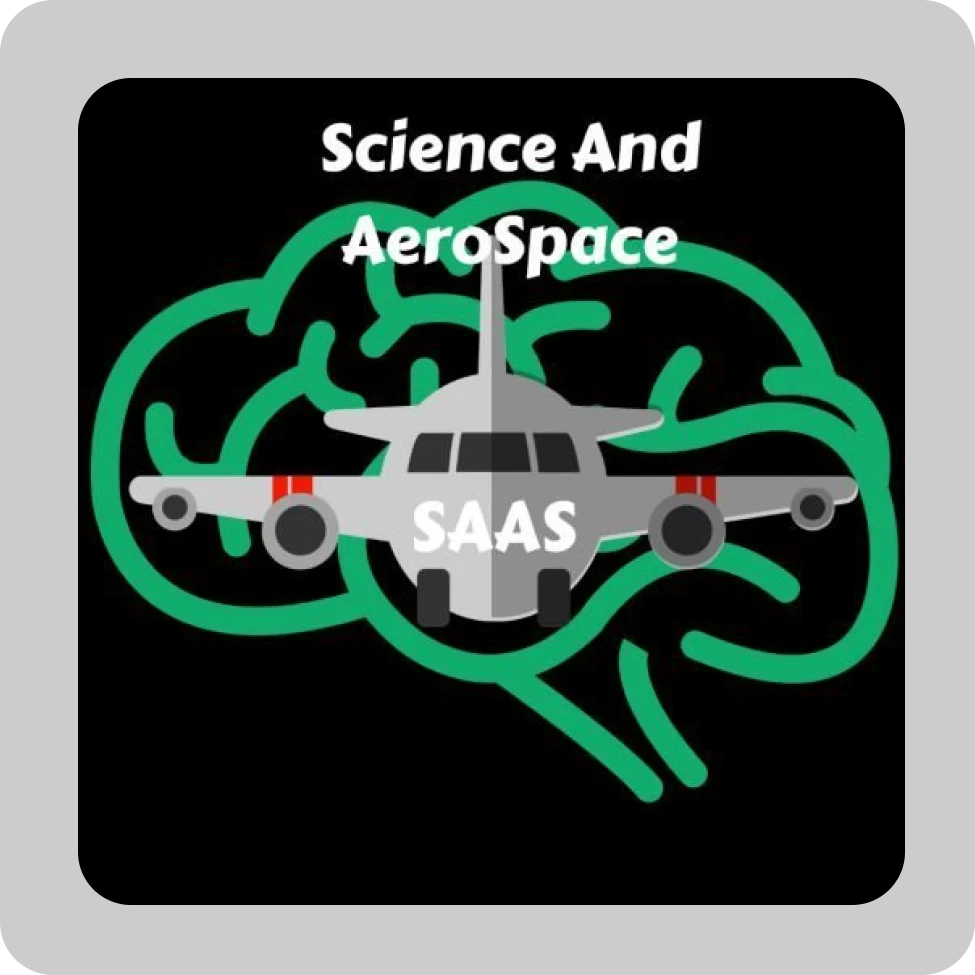NASA’s DC-8 Retires: NASA’s iconic DC-8 airborne laboratory has concluded its final mission, marking the end of an era for one of the agency’s most versatile research aircraft. After decades of groundbreaking scientific contributions. The DC-8 is being retired, leaving a lasting legacy in atmospheric science, climate research, and Earth observation.
A Storied History in Scientific Research
The DC-8, a modified Douglas DC-8 jetliner, joined NASA’s fleet in 1985. For nearly four decades, this flying laboratory has enabled scientists to collect vital data from altitudes as low as 1,000 feet to as high as 42,000 feet. Its long range and robust payload capacity made it an indispensable tool for conducting complex airborne research missions.
From studying polar ice sheets and greenhouse gases to monitoring volcanic eruptions and observing solar eclipses. The DC-8 has been at the forefront of numerous scientific breakthroughs. This versatile aircraft has carried advanced instruments, researchers, and even student teams. Thus fostering collaboration across disciplines and institutions worldwide.
The Final Mission: NASA’s DC-8 Retires
The DC-8’s final mission took place in late 2024, a flight designed to collect critical atmospheric data over the Pacific Ocean. The mission aimed to improve our understanding of cloud formations and their role in Earth’s climate system. A fitting culmination for an aircraft dedicated to environmental research.
“This flight symbolizes the closing chapter of a remarkable journey in aviation and science,” said Dr. Sarah Coleman, project scientist for the DC-8 program. “The data we’ve collected will continue to contribute to vital research for years to come.”
NASA’s DC-8 Retires: Why the DC-8 Is Irreplaceable
What set the DC-8 apart was its unparalleled ability to carry a diverse array of instruments and scientists simultaneously. Its spacious interior allowed real-time flight collaboration, enabling researchers to adapt their experiments based on in-the-moment findings.
The long-range aircraft also made it ideal for missions spanning continents and oceans. Whether flying over the Arctic to study melting ice or traversing the tropics to analyze hurricanes, the DC-8 consistently delivered invaluable insights.
The Legacy of the DC-8
As the DC-8 retires, it leaves behind a legacy of scientific achievement. Some of its most notable contributions include:
- Advancing Climate Science: The DC-8 played a key role in understanding greenhouse gas emissions, atmospheric chemistry, and the impacts of human activity on the environment.
- Supporting Disaster Response: The aircraft provided real-time data for disaster management, including volcanic ash tracking and post-hurricane damage assessment.
- Enabling Global Collaboration: Over the years, the DC-8 supported international research projects, fostering partnerships between NASA and global scientific communities.
- Educating Future Scientists: Through programs like NASA’s Airborne Science Program, the DC-8 served as a training ground for early-career scientists, inspiring the next generation of researchers. https://scienceandaerospace.blog/the-future-of-flight-autonomous-drones-and-air-taxis/
The Future of Airborne Science
While the retirement of the DC-8 marks the end of an era, NASA remains committed to advancing airborne science. The agency is exploring new platforms, including unmanned aerial systems (UAS) and next-generation research aircraft, to continue its mission of understanding our planet.
“The DC-8’s retirement does not mean the end of airborne science at NASA,” said Dr. Mark Jacobs, NASA’s Airborne Science Program director. “It’s a transition to more innovative and sustainable approaches to collecting the data we need.”
Honoring a Legend
To honor the DC-8’s legacy, NASA is planning a commemorative event at its Armstrong Flight Research Center in California. The event will bring together scientists, engineers, and aviation enthusiasts to celebrate the aircraft’s remarkable contributions.
The retirement of NASA’s DC-8 marks the end of a significant chapter in airborne research, but its impact will resonate for decades. As a pioneering platform for scientific discovery, the DC-8 has left an indelible mark on our understanding of Earth and its atmosphere. While the skies may no longer echo with the hum of its engines, the data it collected will continue to shape the future of science and inspire new generations of researchers.


